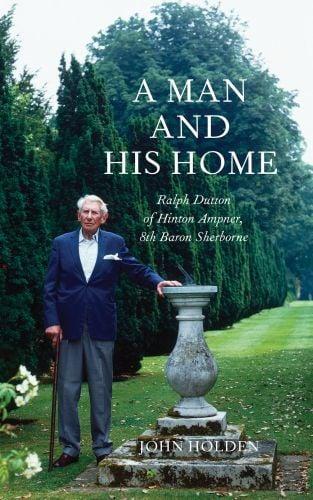
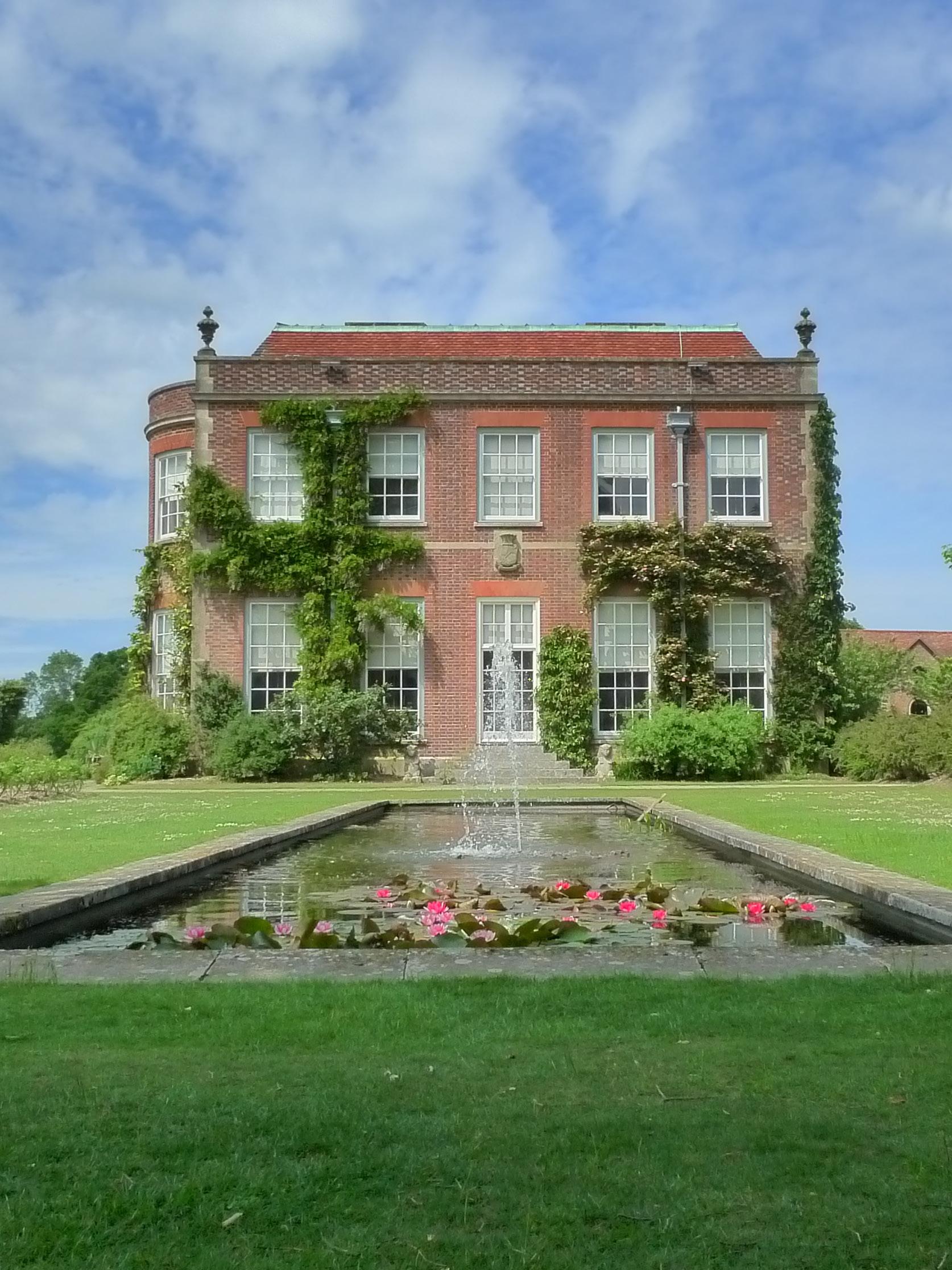



Ralph Dutton of Hinton Ampner, 8th Baron Sherborne
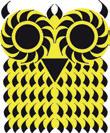
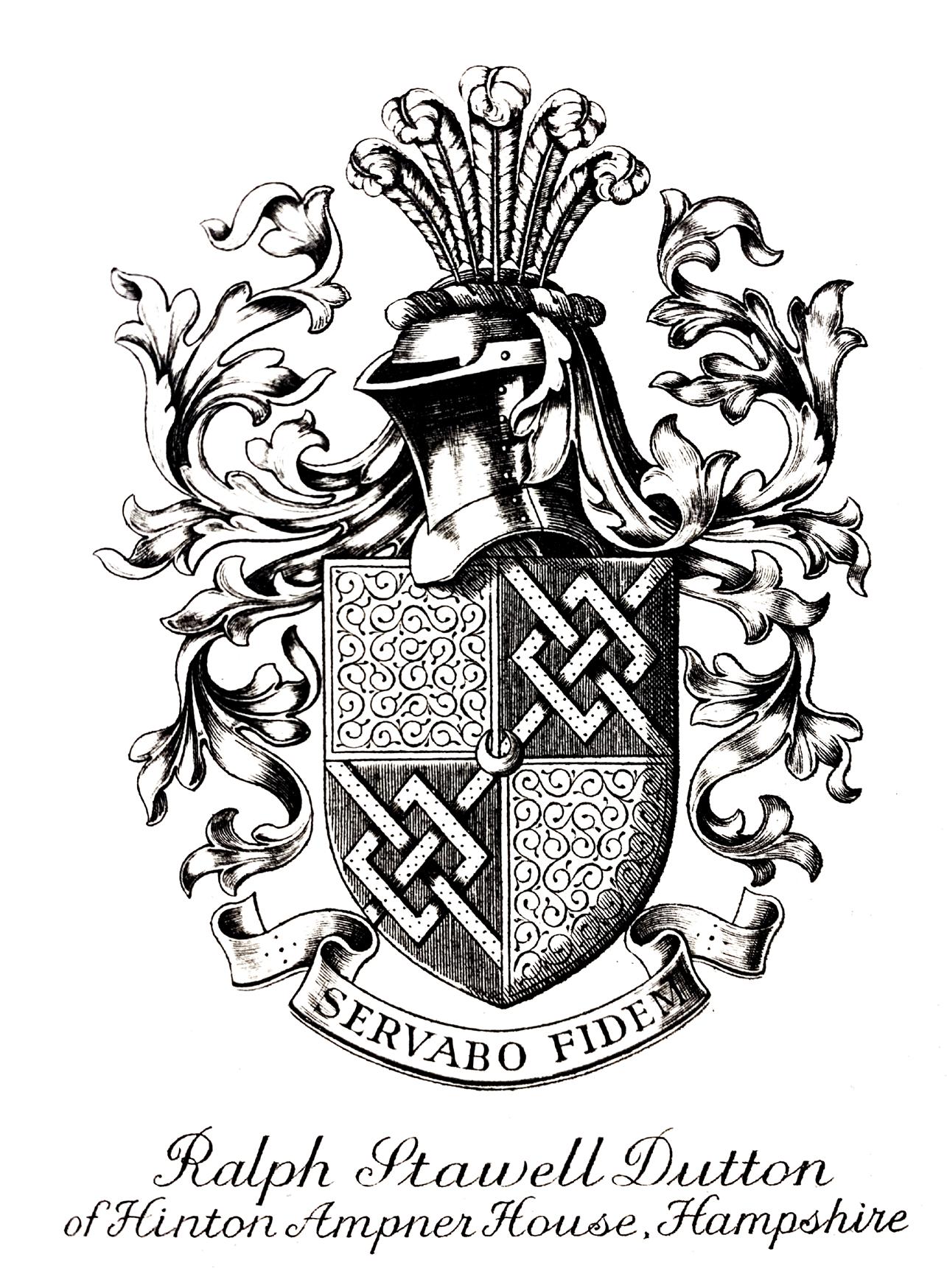
Acknowledgements, p. 7
Note on sources and terms, p. 9
Introduction, p. 11
Chapter One: 1898-1912, p. 14
Chapter Two: 1912-1922, p. 28
Chapter Tree: 1922-1930, p. 42
Chapter Four: 1930-1935, p. 58
Chapter Five: 1936-1939, p. 70
Chapter Six: 1939-1945, p. 84
Chapter Seven: 1945-1953, p. 94
Chapter Eight: 1953-1960, p. 105
Chapter Nine: 1960-1967, p. 117
Chapter Ten: 1968-1985, p. 130
Epilogue, p. 143
Bibliography and sources, p. 152
Picture credits, p. 156
Index, p. 157
For Alexy
I became interested in writing a life of Ralph Dutton when I discovered, to my surprise, that there was no existing biography. My frst step was to contact the National Trust who own the estate and house at Hinton Ampner, and they have provided invaluable help by opening their archive, and Hinton Ampner itself, to my researches. In particular, this book would never have seen the light of day without continuous support from Rebecca Wallis of the National Trust, and I thank her most heartily for being a source of advice, information and encouragement.
I would also like to thank the staf and volunteers at Hinton Ampner and at the National Trust archive in Micheldever Station. Hampshire Archives in Winchester facilitated access to Ralph Dutton’s papers during the Covid lockdown, and the archivists of Christ Church, Oxford, and the Wallace Collection also deserve thanks for their assistance.
Ralph Dutton’s godson, Henry Legge, and the former director of the National Trust, Martin Drury, both gave me their vivid memories of meeting the subject of this book, and I wish to thank them for their enlightening and thoroughly enjoyable conversations.
R. C. Richardson, emeritus professor at the University of Winchester, deserves a special mention. His essay on Ralph Dutton and ‘Englishness’ (details of which can be found in the bibliography) provided a springboard and an inspiration for my own work. Seeking permission to use photographs can be a difcult issue
for authors, especially when the images are old and of uncertain origin. I am pleased to say that everyone I contacted was exceptionally helpful. Special mentions go to Mirabel Cecil, Lucinda Webb at Portsmouth High School GDST, the churchwardens of All Saints, Hinton Hill, Clare Hastings, Martin Yeoman, the staf of National Trust Images, and to Derry Moore, who gave permission to use his wonderful image of Ralph Dutton in the garden of Hinton Ampner on the cover. I would also like to thank the publisher of this book, Alexander Fyjis-Walker, and the editor, Caroline Brooke Johnson, for their encouragement, expertise and diligence.
Several people read early drafts and chapters of this book and provided useful comments, among them Jerzy Kierkuć-Bieliński, Charles Tarp and Jean Bright, but the main burden of reading and re-reading fell on my friend and frequent collaborator Robert Hewison. As ever, I cannot thank him enough for taking the time and trouble involved in the task. All errors and omissions of course remain entirely my own.
Rather than interrupt the fow of this book with footnotes, I have included sources and a wider bibliography in a list at the end. I have endeavoured to clarify all sources, both written and oral, within the text, but if the source of any quotation is unclear I apologise to its originator. If anything is obscure, I will be happy to respond to any reader’s enquiries.
Every efort has been made to contact the correct copyright owners of the images, and to obtain their permission. If any errors or omissions have been made, apologies are ofered, and any mistakes that are notifed to the author will be rectifed in any future reprints or editions of this book.
Troughout this book I have used the word homosexual to describe men and women who have same-sex attraction or orientation. Nowadays it would be more usual to use the term gay, but homosexual is the word that Ralph Dutton and his circle would have used, and I decided to employ the language of their day rather than the nomenclature of our own. Te word homosexuality is now considered to be a legal and medical term – as indeed it was in Ralph’s time – with all that that implies.
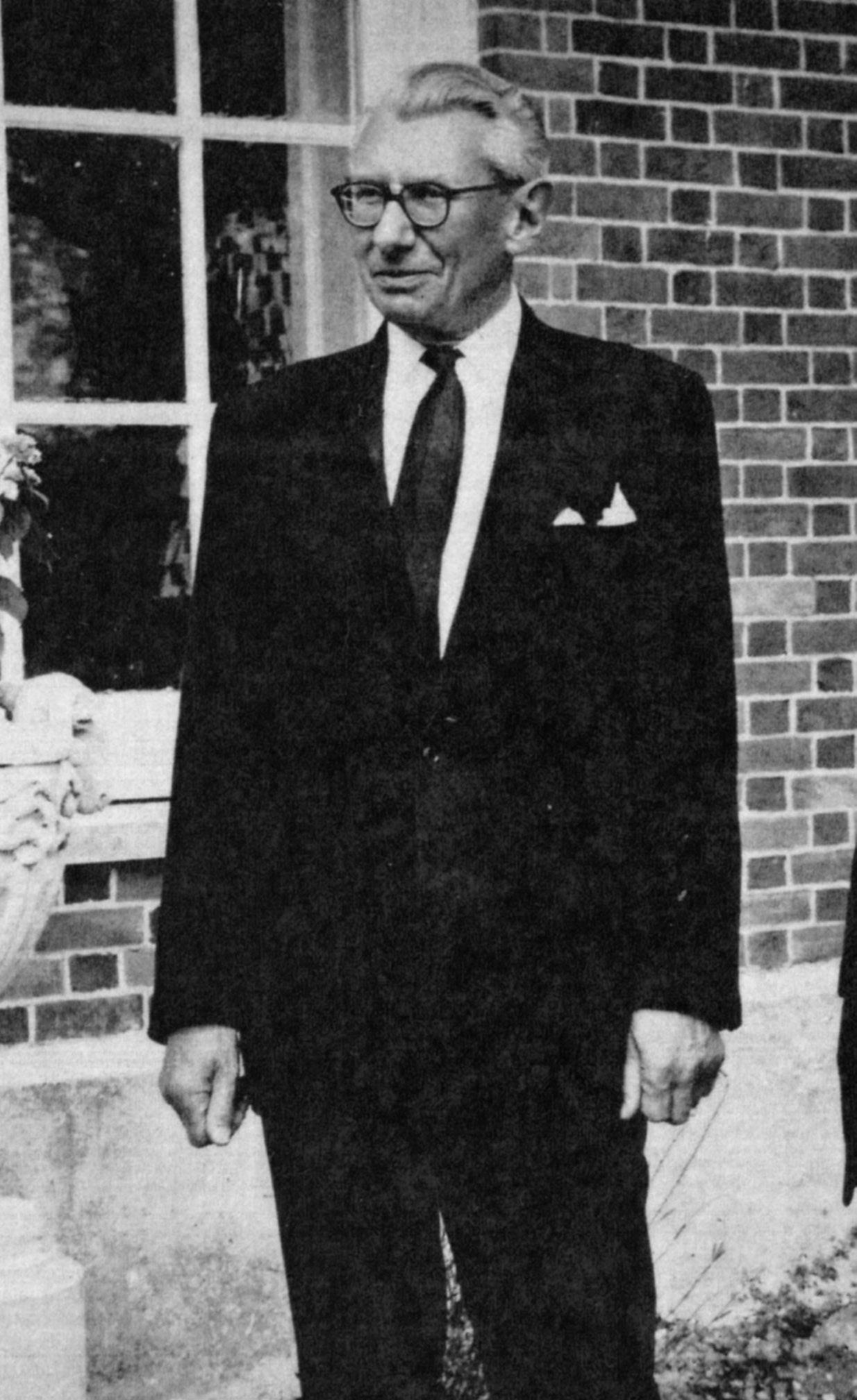
At last an obit. of dear old Ralph Dutton who died a week ago. Such a sweet man. I shall always remember his deep-throated laugh of three her-her-hers, and much twinkling of those little pig eyes. He was exceptionally ugly, with a large nose. As a youth he must have been singularly unattractive physically, but always redeemed by his niceness and charm […] A correct, patrician sort of man, always full of anecdotes and very cultivated. One of the last Edwardians of that school.
Tis was what James Lees-Milne, friend of Ralph Dutton and long-time servant of the National Trust, recorded in his diary for 26 April 1985.
Lees-Milne’s nugget leaves us wanting more, and yet there is no biography of Ralph Dutton, no entry in the Dictionary of National Biography, and he never had his portrait painted: ‘my face is not my fortune,’ he said.
Ralph Dutton is elusive, but he is worthy of our attention for two reasons. First, because he created something remarkable: Hinton Ampner in Hampshire, an estate, garden, house and contents that give great æsthetic pleasure to visitors today, and which, when he was alive, were the setting for the pursuit of a particular type of douceur de vivre. Ralph Dutton looked backwards to eighteenth-century classicism and the rural patrician tradition, and forwards to modern domestic comforts and public access. In his hands, Hinton became an elegant setting for living ‘the good
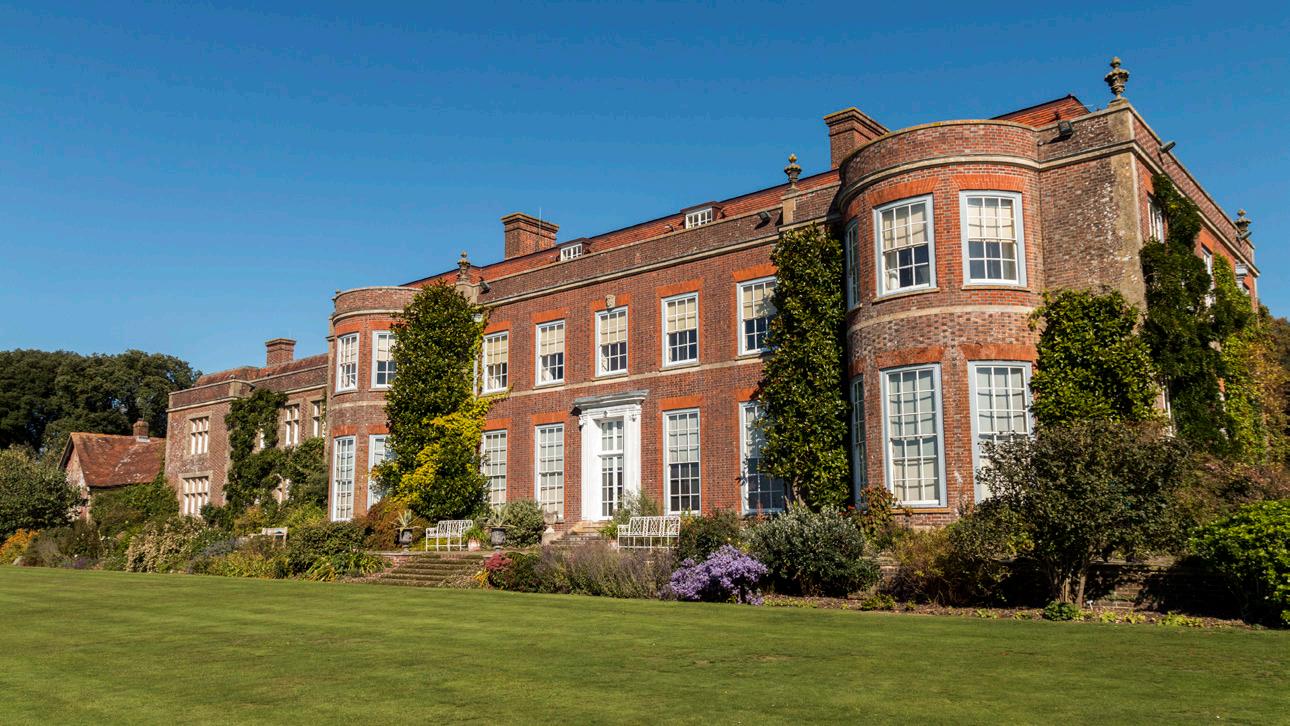
life’, one that brought together friendship, food and wine, rooms and gardens, intellectual endeavour and public benevolence.
Te creation of Hinton elevates Ralph Dutton above the ordinary, and he did it not once, but twice. As the Sunday Times literary critic Raymond Mortimer put it, writing about Ralph’s second rebuilding of Hinton in 1960:
By then he was over 60, and a bachelor without even a nephew or a niece. To many […] his enterprise may seem an anachronism, even an absurdity. In my view it was magnifcent, and might have inspired a story by Balzac or Henry James […] Dutton’s ruling passion, one gathers, is for beautifying his house, garden and park. To that he has devoted his life, as others to composing poetry or music. Anyone thus obsessed is exceptional and I think interesting.
Te second reason why Dutton deserves our attention is because of his role as an enthusiast for eighteenth-century architecture and decoration. He formed part of small patrician group who
through scholarship, public service and investment of their own funds did a great deal to conserve English country houses at a time when they were being demolished at an alarming rate. Te tastes of Ralph and his friends came to infuence the decisions of cultural institutions, and from there to afect public attitudes to heritage.
Ralph Dutton’s role as the creator of Hinton is now seen as seminal by the National Trust. In their Statement of Signifcance (a document written when a property is acquired), they say of Hinton:
In the context of the whole property, it is more important to view the acquisition not as a sum of individual parts, but as a representation of the vision of one man and his quest for tranquility in a time of great upheaval […]. Hinton Ampner’s character is inextricably linked with the man who initiated everything that the Trust now holds.
Te physical evidence of Hinton is clear for all to see—wide views, extensive gardens, fne rooms—but the man behind it is a mystery. In spite of his wide acquaintance, he features only feetingly in the diaries and letters of his contemporaries. Even his entry in Who’s Who is short and unrevealing. He was a shy and reticent man who led a privileged life that followed a conventional course: Eton, Christ Church, travel and the Foreign Ofce, scholarship, committee work and local benevolence.
As one of his close Hampshire friends commented: ‘In spite of his open, friendly manner, Ralph remained a private man. You could know him for years and not know him. A bold trespasser would soon encounter a wall he could not climb or a notice marked “Private”.’
It is time to climb over that wall to fnd out more about Ralph Dutton, the man who created Hinton Ampner.
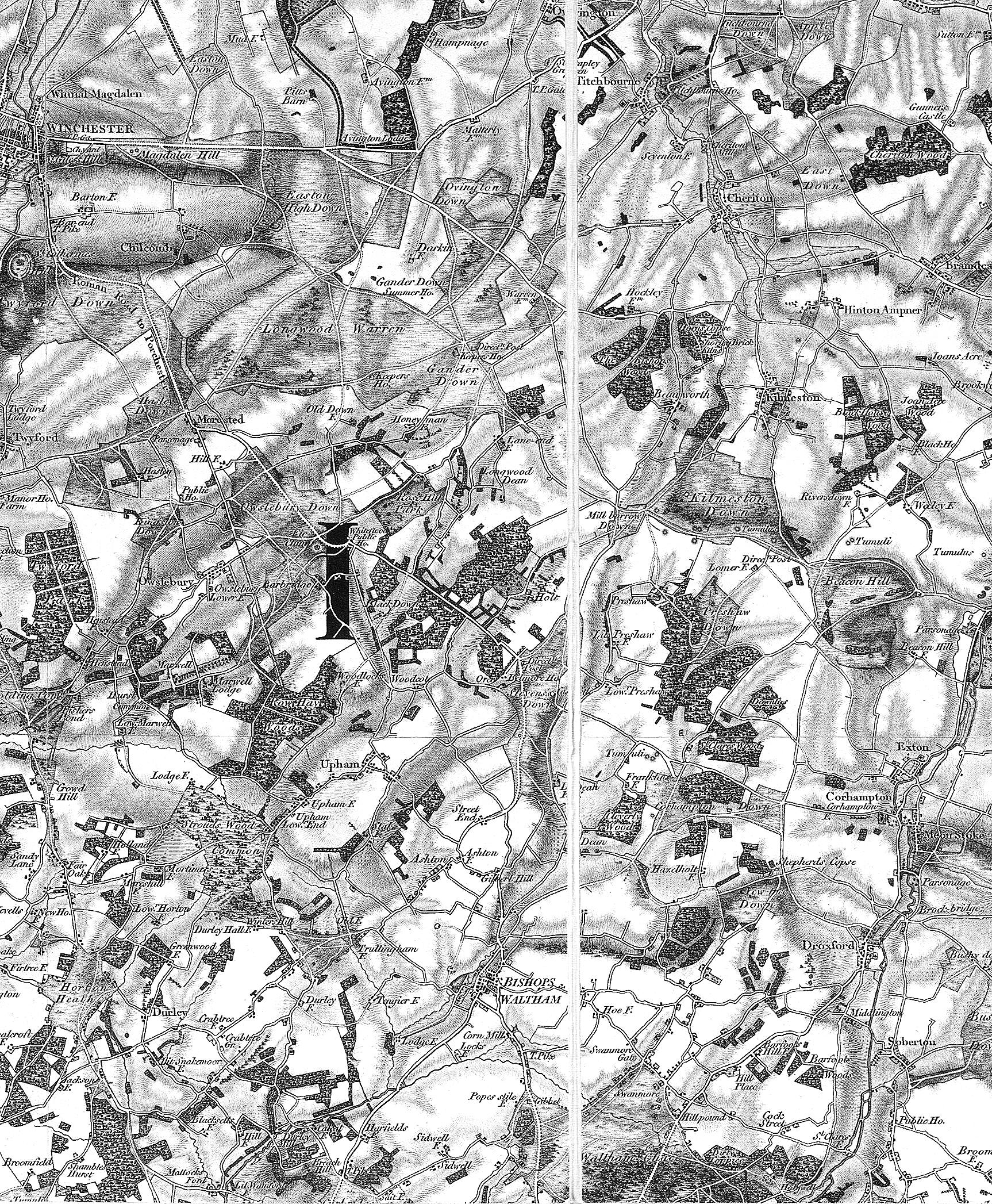
Hampshire
c.
Ralph (pronounced ‘Rafe’) Stawell Dutton was born on Tursday, 25 August 1898 at Hinton Ampner House, which lies about nine miles east of Winchester in Hampshire. He died after falling down the main staircase in the same house almost eighty-seven years later, on Saturday 20 April 1985. For the last three years of his life, he was known as the 8th (and last) Lord Sherborne, having inherited the title (but nothing else) from a cousin.
In later life, Ralph was to become interested in genealogy and traced his origins back through Lord Sherborne and Lord Stawell to sixteenth-century origins in Somerset. Along the way bloodline connections were formed with the Curzon and Bilson-Legge families, grand houses were acquired (including the very grand Sherborne House) and riches accumulated.
Ralph’s grandparents, John Tomas Dutton and his wife Lavinia, began living at Hinton, which was a family property through the female line, in 1857. Teir son, Ralph’s father Henry John Dutton was ten years old at the time. Te leasehold of the property, held from the Bishopric of Winchester since the mid-sixteenth century, was turned into a freehold in 1863. At that point, Ralph’s grandparents began to plan, and then to build afresh, in order to replace the unfashionable Georgian box of Hinton Ampner House with something more up-to-date. Te result was very defnitely not to Ralph’s taste. Commenting on the builder, he says that:
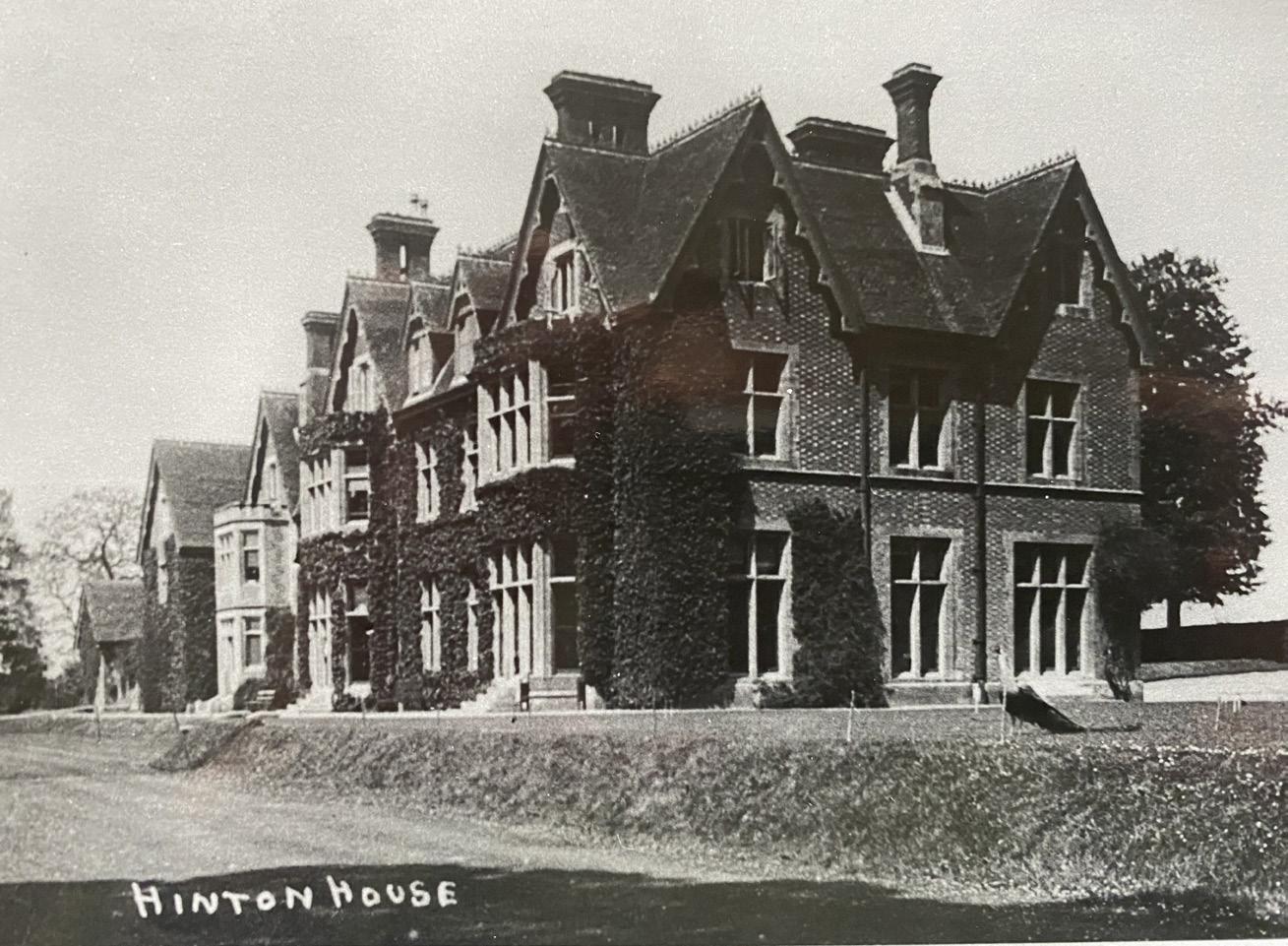
Hinton Ampner: the house built by Ralph Dutton’s grandfather
Mr Kemp, of Alton, […] had erected a number of particularly hideous buildings in the neighbourhood. Purely as a builder there was nothing amiss with his work; as a planner and designer his ignorance was abysmal, and I fear I should add that my grandparents cannot have been much better.
It was this house, a ‘monstrosity’ in Ralph’s view, together with the estate and other properties, that passed to Ralph’s father when his grandfather John Tomas Dutton died in 1884.
Ralph’s father, Henry John Dutton (1847–1935), had been living a quiet life at Hinton for about a decade before he inherited. After serving for some years in the Rife Brigade, he had retired to Hampshire to look after the Hinton Ampner estate and the nearby Hartley Mauditt estate, which he also owned. His life
1898 – 1912
was spent mostly shooting in winter—partridges at Hinton, and ‘remarkably good’ pheasant at Hartley Mauditt—and playing croquet in summer. According to Ralph, his father had ‘no intention of marrying, and looked to his younger brother to carry on the line’. But when Henry John Dutton was thirty-nine, his younger brother died and he felt obliged to fnd a bride. Te woman he chose was the twenty-year-old Blanche Cave. She was almost half his age and unlike him in both temperament and interests. Tere is no record of how they were introduced to each other, but the alliance of a monied bride with an old aristocratic lineage was no novelty.
Blanche’s family was wealthy; the money came from banking in Bristol and there were also connections to plantations in Barbados. Unfortunately Blanche’s grandfather was a miser, and her parents decided to live abroad in Florence where life was cheaper. Te old man died in 1870, and the inheritance of roughly a million pounds changed everything; Blanche, aged three, returned to England with her family and her father Laurence Cave built a large country house for the family at Ditcham, about sixteen miles from Hinton. He also bought a town house in Lowndes Square in London and a steam yacht.
While the Cave family fortunes of Ralph’s mother were waxing, those of his father, Henry John Dutton, were waning. Te new house at Hinton had been built on the back of substantial agricultural rents, but a collapse in grain prices caused by the opening up of the American plains, cheap transportation, and the decision not to impose import tarifs on cereals led to a severe depression in the agricultural sector from the mid-1870s onwards. Te result was summed up by Lady Bracknell, in Oscar Wilde’s Te Importance of Being Earnest:
What between the duties expected during one’s lifetime, and the duties exacted from one after one’s death, land has ceased
to be either a proft or a pleasure. It gives one position and prevents one from keeping it up. Tat’s all that can be said about land.
Henry John Dutton married Blanche Cave in 1888, but despite her family’s riches, his wife unfortunately brought with her less than he had been expecting. She received only half the settlement that her elder sister had been given on her marriage, and Ralph’s parents had to wait until 1892, when Henry John’s uncle died and left him properties in Timsbury and Bedhampton, before their fortunes recovered. In the meantime, although they were far from poor, Ralph’s parents had to be careful.
For the frst six years of their marriage, the couple were childless, so it was of no great consequence that Hinton had only one bathroom, two working lavatories and an inadequate water supply. Tere was no electricity either—a generator was not installed until 1913.
In 1894 the frst of four children arrived. Blanche Mary Stukeley (1894–1976) was followed by Ursula Mary Lavinia (1896–1978).
Ten came Ralph in 1898 and fnally Joane Mary (1902–1987).
Blanche’s pregnancy with Ralph must have been uncomfortable, not only on account of the lack of facilities in the house, but also because of the weather. Te summer of 1898 was exceptionally hot, and the August Bank Holiday that came on the Monday following Ralph’s birth was marked by record numbers of people punished for drunkenness and fghting: it was in August 1898 that the word ‘hooligan’ frst appeared in the newspapers.
Ralph’s father was a keen reader of the press and no doubt followed these stories of social unrest with disapproval. Characteristically, however, when Ralph wishes to explain his father’s personality, he talks not about politics but about interior decoration:
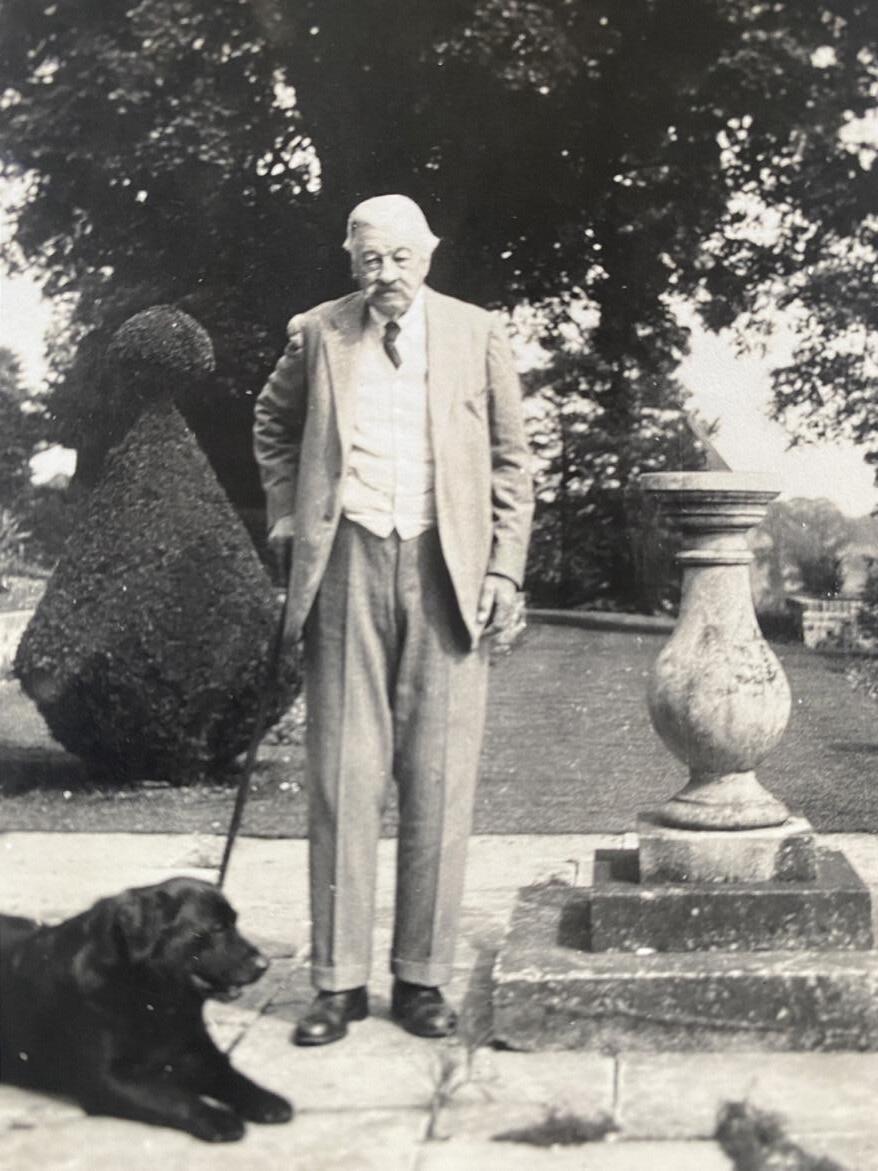
In keeping with my father’s interests were a number of agreeable aquatints of famous horses, but dominating all else were three large oil paintings of his favourite dogs […] all through his life he very sensibly preferred his dogs to his children […]. On the left of the chimney breast was a bookcase containing the books one would expect. Surtees and Whyte-Melville, books on hunting and pugilism interspersed with a number of late Victorian and Edwardian autobiographies […]. Behind the chair was a glass-fronted case containing his most prized possessions—his guns.